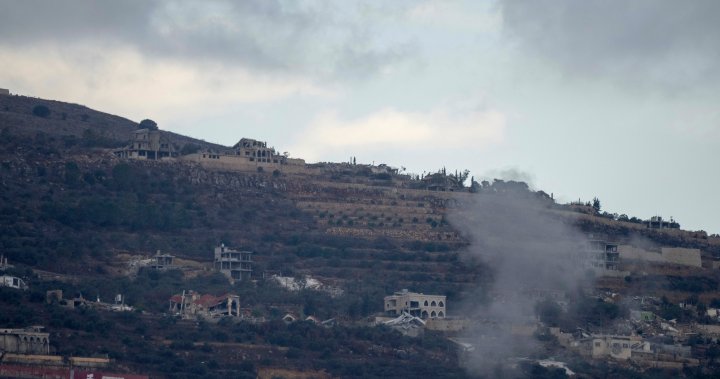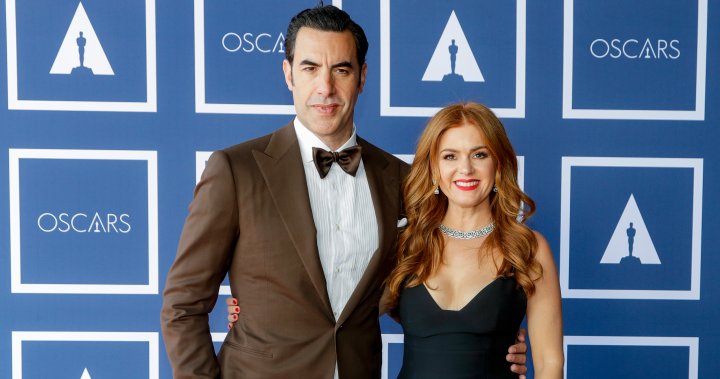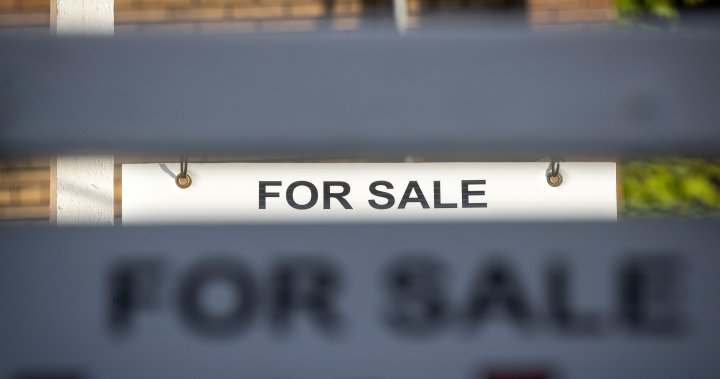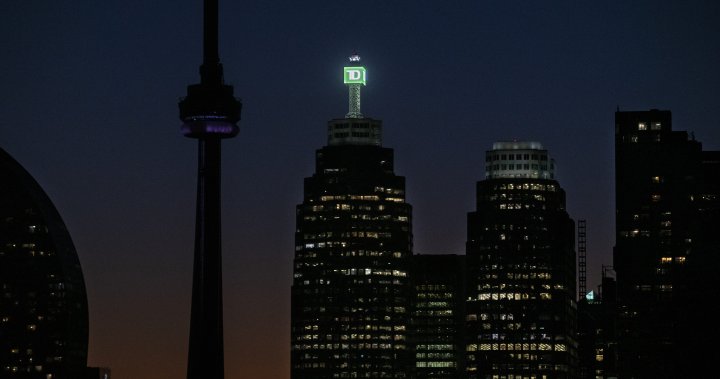Israeli officials demanded Wednesday the freedom to strike Lebanon’s Hezbollah as part of any cease-fire deal, raising a potential complication as a top U.S. envoy was in the region attempting to clinch an agreement.
The development came as an airstrike hit the historic Syrian town of Palmyra, killing 36 people, according to Syrian state-run media, which blamed the attack on Israel. The Israeli military declined to comment.
Israeli Defense Minister Israel Katz and Foreign Minister Gideon Saar each said Israel sought to reserve the right to respond to any violations by Hezbollah under an emerging proposal, which would push the militant group’s fighters and Israeli ground forces out of a U.N. buffer zone in southern Lebanon.
There have been signs of progress on the cease-fire deal, with Hezbollah’s allies in the Lebanese government saying the militant group had responded positively to the proposal.
“In any agreement we will reach, we will have to maintain our freedom to act if there will be violations,” Saar told dozens of foreign ambassadors in Jerusalem. “We will have to be able to act in time, before the problem will grow.”
Katz, in a meeting with intelligence corps officers, said “the condition for any political settlement in Lebanon” was the right for the Israeli military “to act and protect the citizens of Israel from Hezbollah.”
Amos Hochstein, the Biden administration’s point man on Israel and Lebanon, has been working in recent days to push the sides toward agreement. He has been meeting this week with officials in Lebanon and said Wednesday he would travel to Israel in an attempt to “try to bring this to a close if we can.”

On Tuesday, Hochstein said an agreement to end the Israel-Hezbollah conflict is “within our grasp.”
The emerging cease-fire deal would push Hezbollah and Israel out of southern Lebanon
Hezbollah began firing into Israel on Oct. 8, 2023, in solidarity with Hamas after its attack on southern Israel that sparked the conflict in the Gaza Strip. Israel has been responding with strikes in Lebanon, and dramatically escalated its bombardment in late September by launching a ground invasion just inside the border.

Get breaking National news
For news impacting Canada and around the world, sign up for breaking news alerts delivered directly to you when they happen.
In the more than a year of exchanges, more than 3,500 people have been killed in Lebanon, most in the past month, the Health Ministry reported, and over 1 million people have been displaced. It’s unknown how many of the dead were Hezbollah fighters.
In Israel, more than 70 people have been killed by Hezbollah fire, and tens of thousands have fled their homes.

Hochstein’s proposal is based on U.N. resolution 1701, which ended the 2006 war between Hezbollah and Israel. The resolution stipulates that only the Lebanese army and U.N. peacekeepers should operate in southern Lebanon.
Still, after 2006, Hezbollah never fully ended its presence in the south. Lebanon accuses Israel of also violating the resolution by maintaining hold of a small, disputed border area and conducting frequent military flights over Lebanon.
Israel says that since then, Hezbollah build up a military infrastructure throughout villages and towns in southern Lebanon.
The proposal currently being discussed would include an implementation plan and a monitoring system to ensure each side follows its obligations to fully withdraw from the south. That could involve the U.S. and France, but details are still unclear.
There’s been progress, but the deal isn’t done yet
The Israeli ministers did not outline what Israel’s demand to maintain freedom of operation would entail. Since the 2006 war, Israel has struck Hezbollah on the few occasions when border violence did flare up, but any larger scale response could push the region back into turmoil.
It is also unlikely that Lebanon would agree to a deal that permits Israeli violations of its sovereignty.
And although the proposal attempts to nail down an implementation mechanism, the failure to fully implement the U.N. resolution after the 2006 war could point to the difficulties in getting the sides to uphold a sustainable cease-fire that would bring long-term quiet.
Israel has continued to pound Hezbollah throughout the cease-fire attempts, and rockets have continued to rain down on northern Israel. Any perceived escalation could derail the talks.
The conflict in Gaza would grind on even if Israel and Hezbollah cease fire
Even if a cease-fire between Israel and Hezbollah is reached, the conflict in Gaza grinds on into its 14th month.
Israel is still battling Hamas there, sending the death toll soaring to nearly 44,000 dead — over half of them women and children, according to local health officials, who do not distinguish between civilians and combatants in their count.
While Hezbollah throughout the conflict in Gaza said it wouldn’t stop firing at Israel until the fighting in the Palestinian territory ends, that condition was dropped in September after Israel intensified its offensive on the militant group, killing its top leadership and degrading its military capabilities.
That leaves Gaza waiting for a cease-fire of its own, as people there continue to endure a humanitarian crisis that has displaced much of the territory’s 2.3 million people and prompted widespread hunger, especially in the north, where the U.N. says virtually no food or humanitarian aid has been delivered to for more than 40 days because of the Israeli military’s siege there.

International mediation efforts have stalled repeatedly over disagreement between Israel and Hamas over whether the conflict should end as part of a cease-fire deal, with Israel insisting it wants to maintain troop presence in certain areas.
Hamas ignited the conflict in Gaza when its fighters stormed into Israel on Oct. 7, 2023, killing some 1,200 people, mostly civilians, and abducting around 250. Around 100 hostages are still inside Gaza, at least a third of them believed to be dead.
Other tumultuous areas of the Middle East won’t likely be affected by a Hezbollah-Israel cease-fire, including Syria.
Israel frequently targets military sites and facilities associated with Iran-linked groups in Syria but rarely acknowledges the strikes. The death toll from Wednesday’s strike in Palmyra was unusually high.
The Syrian news agency SANA said that along wit the 36 killed, the strike on Palmyra also wounded more than 50 people and caused “significant material damage to the targeted buildings” and the surrounding area. Palmyra is known for the historic Roman temple complex nearby, but it was not immediately clear if the ruins were damaged.
The temple complex already suffered significant damage years ago from the Islamic State group in its rampage across Syria.
—Chehayeb reported from Beirut.





